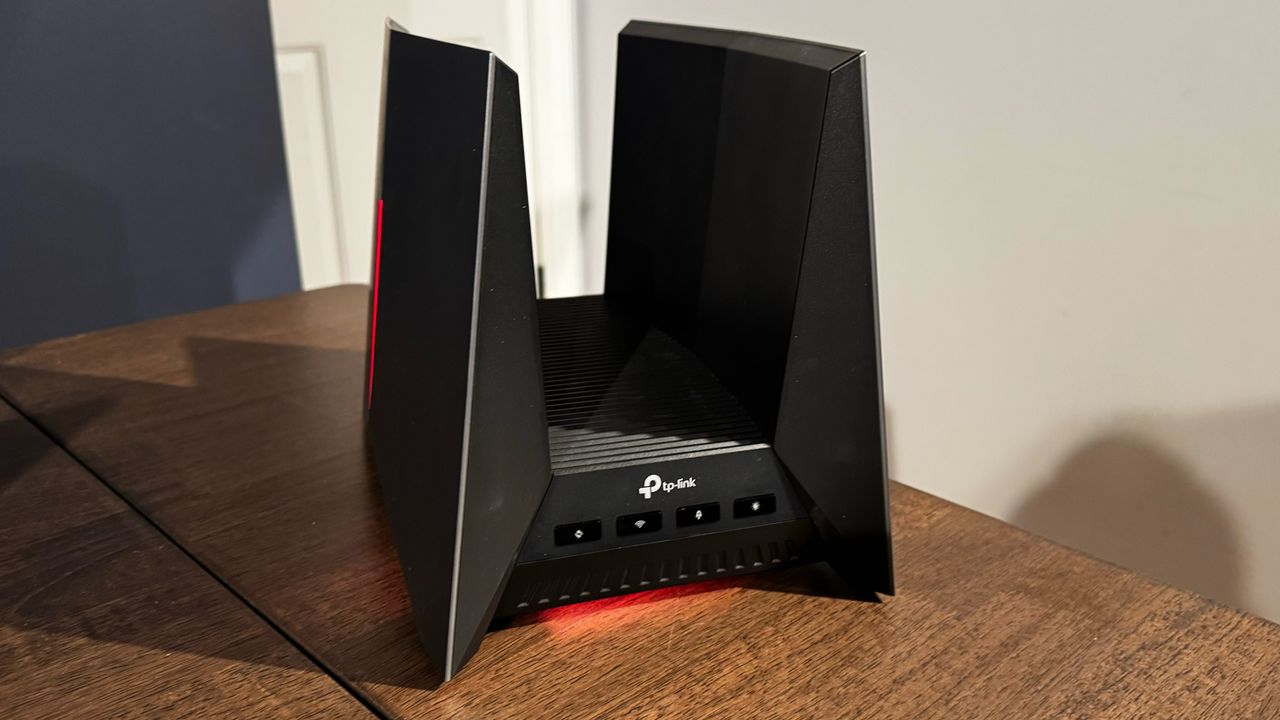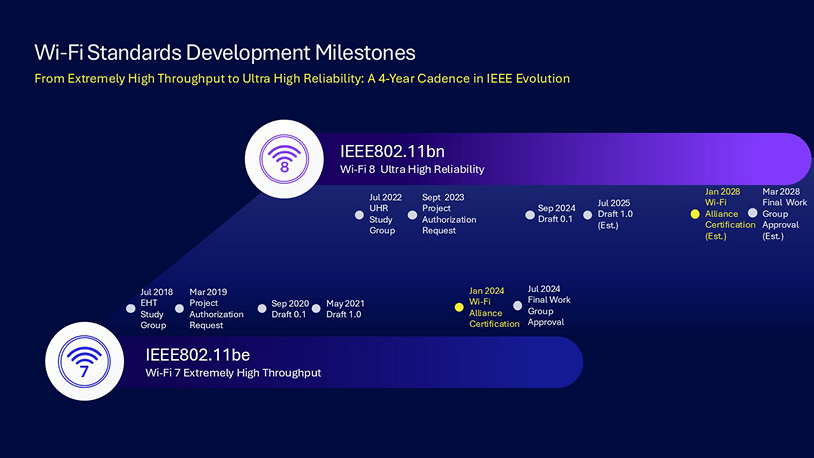
Consumer Wi-Fi 7 devices have only been around for a couple of years at this point, but as we all know, technological progress doesn’t stand still. There’s always a push for making hardware faster, more secure, and more reliable. Wireless technologies are no exception, which means that the organizing bodies behind Wi-Fi are already looking forward to the next generation: Wi-Fi 8 (802.11bn).
Although details at this point are relatively light, TP-Link announced today that it has conducted its first successful trials of Wi-Fi 8 hardware using a prototype device. The company didn’t specify the hardware it used to achieve its Wi-Fi 8 milestone, referring only to a “joint industry partnership.” However, there are several big names in the Wi-Fi chip market, including Broadcom, Qualcomm, Intel, MediaTek, and Marvell. TP-Link has been known to work closely with Qualcomm to supply chipsets for its Wi-Fi 7 portfolio, so it’s plausible to assume that the partnership could extend to Wi-Fi 8 hardware.
According to the company, its testing has validated the Wi-Fi 8 beacon and data throughput, marking a “critical milestone in Wi-Fi 8 development.”
You can read more about TP-Link’s early development with Wi-Fi 8 on the information page that it created.
We learned last year that the overarching goal of Wi-Fi 8 is not to bring extraordinary theoretical speed improvements (although we’ll likely see some generational advances), but to improve overall reliability and real-world performance. Wi-Fi 8 will still utilize three bands (2.4 GHz, 5 GHz, and 6 GHz) and will retain the 4096 QAM and 320 MHz of maximum channel bandwidth introduced with Wi-Fi 7. While the maximum data rate remains at 46 Gbps, Wi-Fi 8’s Ultra High Reliability (UHR) goal is to improve real-world data rate by up to 25 percent for compliant devices.

In addition, four new technologies are aimed at improving various aspects of Wi-Fi life, as described in a MediaTek whitepaper: Coordinated Spatial Reuse (Co-SR), Coordinated Beamforming (Co-BF), Dynamic Sub-Channel Operation (DSO), and enhanced Modulation Coding Scheme (MCS). For example, Co-SR monitors power levels to deliver optimal signal strength between devices, while DSO can assign sub-channels to a device to boost throughput by up to 80 percent.
So, what does all of this mean for general consumers? If you reside in a dense urban environment, you can expect higher overall performance with reduced interference from competing wireless signals. In addition, you’ll notice fewer interruptions when roaming and better performance under low-signal situations.
Wi-Fi 8 is preceded by Wi-Fi 7, and we first started seeing the first commercial-grade hardware in our lab in late 2023. Those initial Wi-Fi 7 products were costly, with the Amazon Eero 7 Max mesh router costing $599 for just a single node and $1,699 for a three-pack. Luckily, the prices for Wi-Fi 7 routers have come down dramatically since then. You can purchase a dual-band router for around $100, a tri-band router for under $200, and a tri-band mesh router for roughly $300 on sale.
However, with the new wireless standard on the horizon, we can expect those Wi-Fi 7 prices to drop further as we prepare for the inevitable price premium of Wi-Fi 8 hardware.







